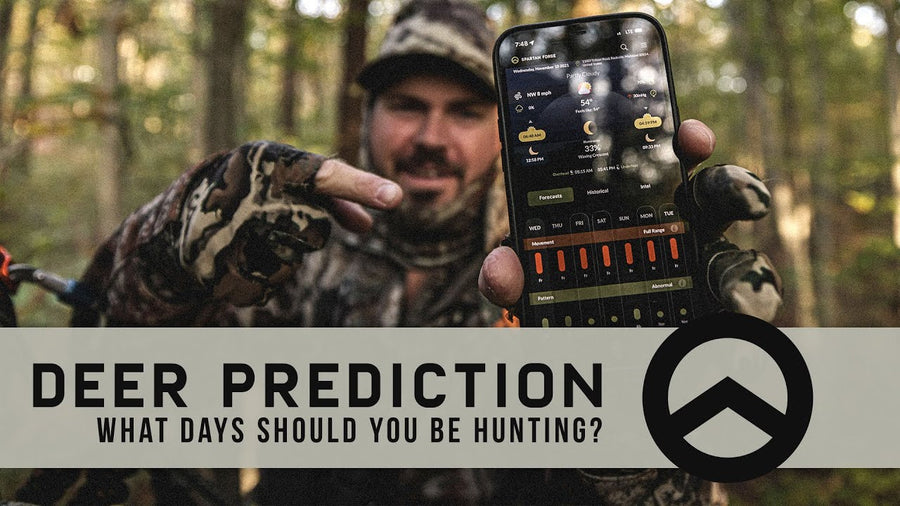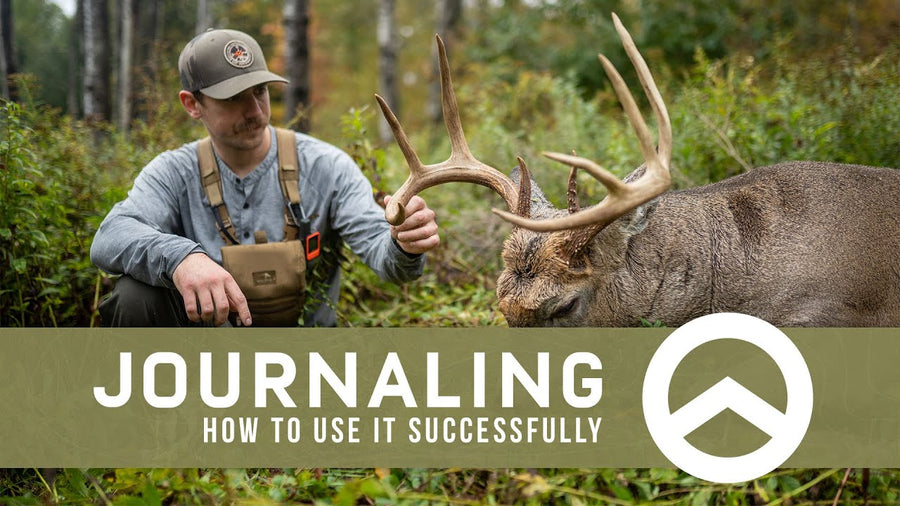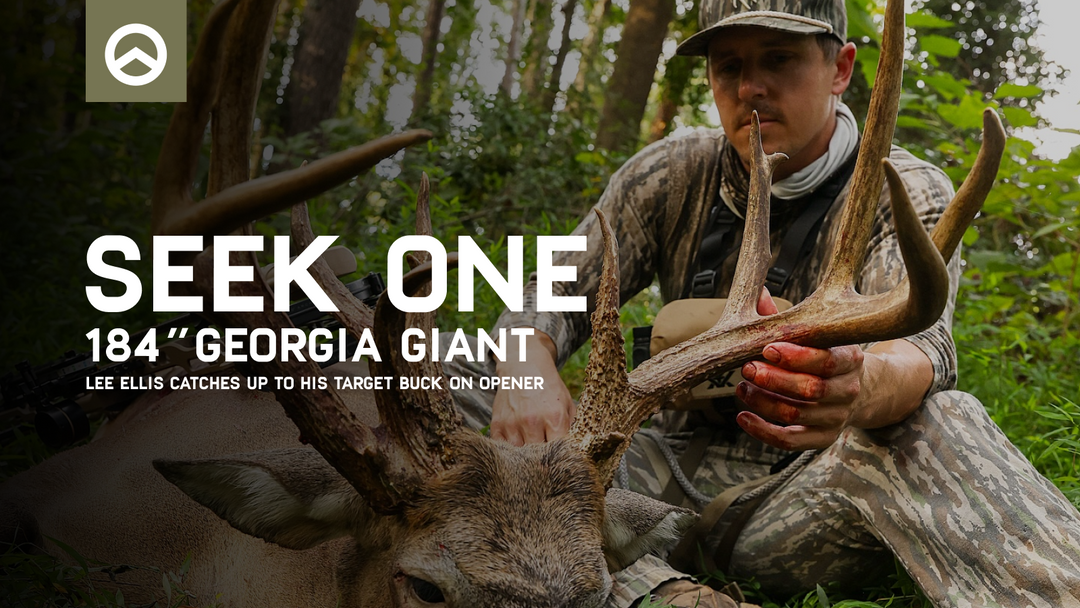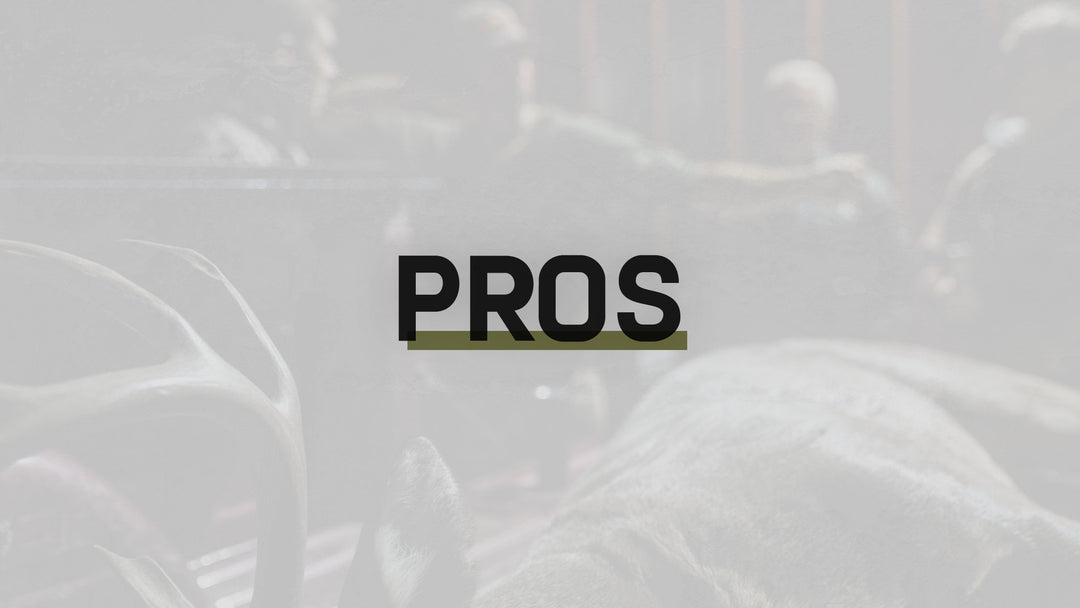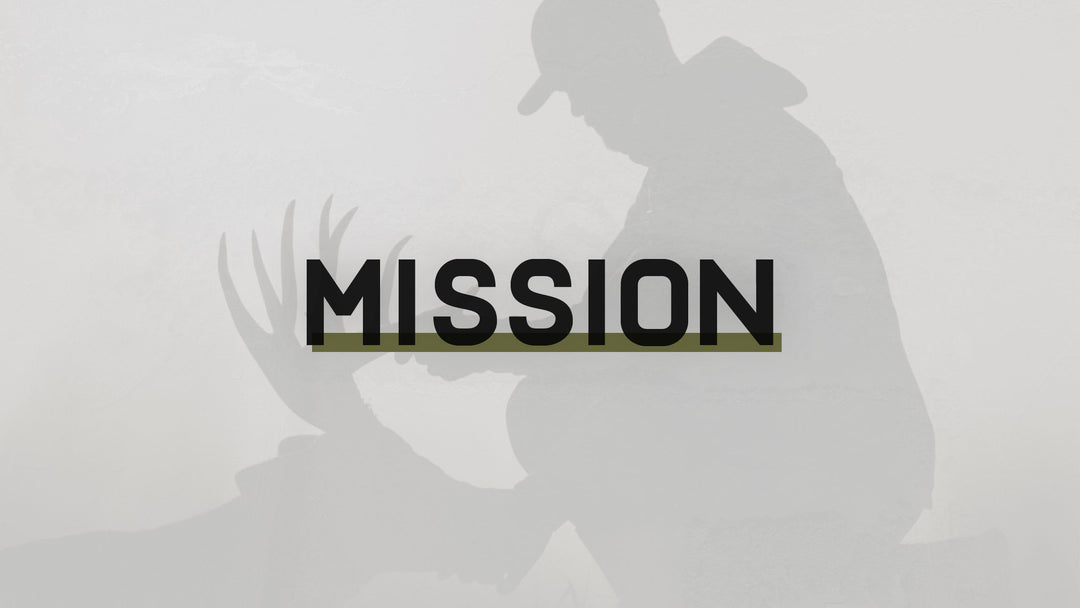Adapting During the Early Season

For those of us who put a lot of time, energy, and gas money into creating a solid game plan for the season, we know just how frustrating it can be to start off with a flop. We put in the work of glassing, hanging/moving cameras, finding summer food sources, and following the sign, but a few weeks into September, things change. If this has ever happened to you, you know the frustration that ensues when you realize you were either completely wrong in all your predictions or the deer have inexplicably moved on. Sometimes we are just plain wrong, especially if we never actually put our eyes on the deer that left all the sign we’re tracking. But sometimes it is in fact due to outside factors. Those factors can be varied, but there are a few that are more common than others.
Early Season Pressure
One of the most common reasons for a change in deer behavior in the early season is hunting pressure. Everyone else is just as excited as we are to start the season. Bows are tuned, rifles are sighted in, and equipment is packed up and ready to roll. Studies have shown that within the first 3 days of the season, deer behavior and patterns change based on the amount of human bodies present in the woods. For months and months prior to the opener, there was almost no intrusion, apart from scouting by those dedicated to it. Then all of a sudden, you have droves of humans walking through the timber heavily for the first several weeks of the season. Many don’t plan out the best entry/exit routes and don’t practice great woodsmanship skills, which hurts your cause even more. By the second or third week of the season, if you’re not far enough away from where others have been hunting, your sightings may go to zilch, leaving you wondering what’s going on.
The solution is pretty simple. Not easy, but simple. If you recognize that you’re not seeing the deer you were weeks before the season, or your trail cam pics completely dry up, and you’re hunting between 300 and 800 yards from the nearest road where you’ve seen a lot of hunter traffic since the opener, it’s time to pull up the map and start looking for thick cover further away. It sucks, but it’s true. 98% of hunters won’t hunt more than ¾-mile from their vehicle, especially if they have to cross water. So, the best course of action in this situations is to put some distance between you and everyone else.
Shedding Velvet
Another common reason for patterns changing, specifically regarding bucks, is the shedding of velvet and the breaking up of bachelor groups. If you’ve routinely been observing several bucks together, but those sightings change to one or two bucks here or there after the first couple weeks of the season, take a look at their antlers. If the velvet is gone, they’ve entered the stage of the year when they’re going to start tolerating each other less and less. The younger bucks will start to spar just a little to begin sorting out the pecking order, but the mature bucks may want a little more alone time than usual. Once the velvet comes off, you’ll notice those larger bachelor groups turning into just a buck or two walking around together. You may think the lack of sightings is solely due to pressure, but it may be that some of the bucks have changed bedding locations within a larger core area, and they’re using different travel routes and possibly feeding in different locations as well. For public land bucks outside of ag country where they’re primarily feeding on natural browse and vegetation, this is especially true. It’s less common in ag country or on properties with desirable food plots. Typically, if you’re observing food plots, even when bucks shed their velvet, you’ll still see most, if not all, of them entering the plot routinely. Palatable food is just too desirable to pass up.
The best course of action when shedding is complete is to put back on your scouting hat, even if only to hop on Spartan Forge to try and determine what bottoms, points, or ridges bucks may have moved to, while staying relatively close to the core area you had observed them in over the summer. If shedding velvet is the main reason for the shift in behavior for the bucks you’re hunting, a lot of boots-on-the-ground scouting isn’t usually the best route to take because you could end up bumping them while spreading scent all over the woods. They’re usually still bedding, feeding, and traveling relatively close to where you originally found them over the summer. So, putting more thought into where you’ll sit is usually the best route to take, possibly hunting a nearby ridge you may not have even scouted before if it looks like the right spot for the wind in close proximity to where they were previously hanging out. The one reason to put boots on the ground would be if you believe the fall shift has happened, which can happen with some mature bucks once they shed their velvet.
Adapting To the Fall Shift
Not all bucks will shift to an entirely new area once summer turns to fall, but some studies show that around half of mature bucks will, and it usually happens around the time they shed their velvet. If you’ve seen a shift in patterns since bucks have shed their velvet and you’ve moved cameras, observed, or hunted different locations within the same core area with no luck, the buck(s) you’ve been chasing may have moved on to their fall range. It’s unfortunate, but it happens every year. This would be the time to decide if you’re happy to hunt the bucks that you do still have showing up, or if you want to get extremely mobile and try to locate the buck you were hoping to tag. This is where more boots-on-the-ground scouting and cell cams comes back into play. At that point, you’ll have somewhere between 4-8 weeks to relocate him and get it done before the rut turns him into a wandering nomad without a pattern.
Acorns May Have Started Falling
Depending on where you reside in the country, your acorns may start falling as early as mid-September. If I see a shift in behavior, especially in ag country, in mid-September, my mind goes straight to acorns. It’s pretty easy to verify if this is what has happened because all I have to do is walk down the street in my neighborhood to see if there are smashed acorns all over the road. As soon as I see that happening, or start getting a feeding herd in front of one of my cameras that usually only has a passing deer or two, I know it’s time. That’s when I move onto the white oaks that I scouted over the summer. If you see this change, but haven’t scouted for oaks, it’s time to get a little boots-on-the-ground underway to locate a tree that looks heavily fed under. If you find it, hunt it that evening.
You May Have Missed Something
No matter how much we’ve scouted, we can’t ever be so confident that we always put blame on everyone and everything else. Sometimes, we just missed something. Maybe the sign we’re so confidently hunting is actually being left at night. Or maybe the buck we’re chasing isn’t bedding in the bottom, but instead where he can watch our access. It happens. You might be unintentionally blowing him out of there every time you walk in. If he’s showing up on camera on the days you’re not there, but he’s a ghost when you are, it’s likely either your entry or his. He may be bedding or traveling downwind of your entry or hunting location, silently slipping back into the timber before you ever spot him. So, when things seem different than what the sign pointed to over the summer, it’s important to go back through all the intel we gathered with a new lens.
Be Willing to Adapt
Deer hunters have to be willing to adapt to be consistently successful. Whitetails change up their behavior multiple times throughout the season, food sources change, and hunting pressure changes as well. All of these things have cascading effects that we have to be prepared to adapt to. So, be prepared, change your plans when the food and bucks tell you it’s time, and fill more tags.
Written by Alex Killman at Southeastern Bowhunting
